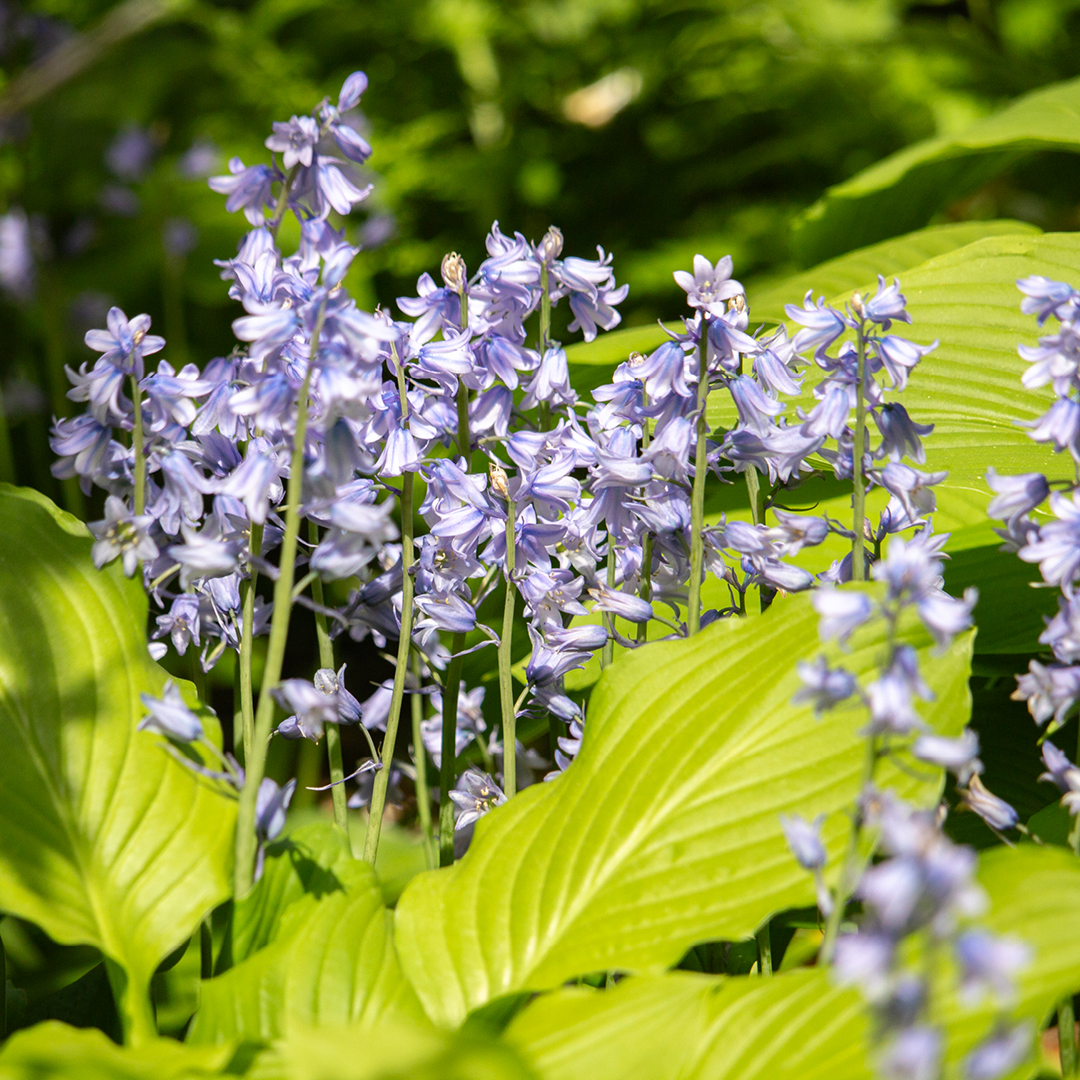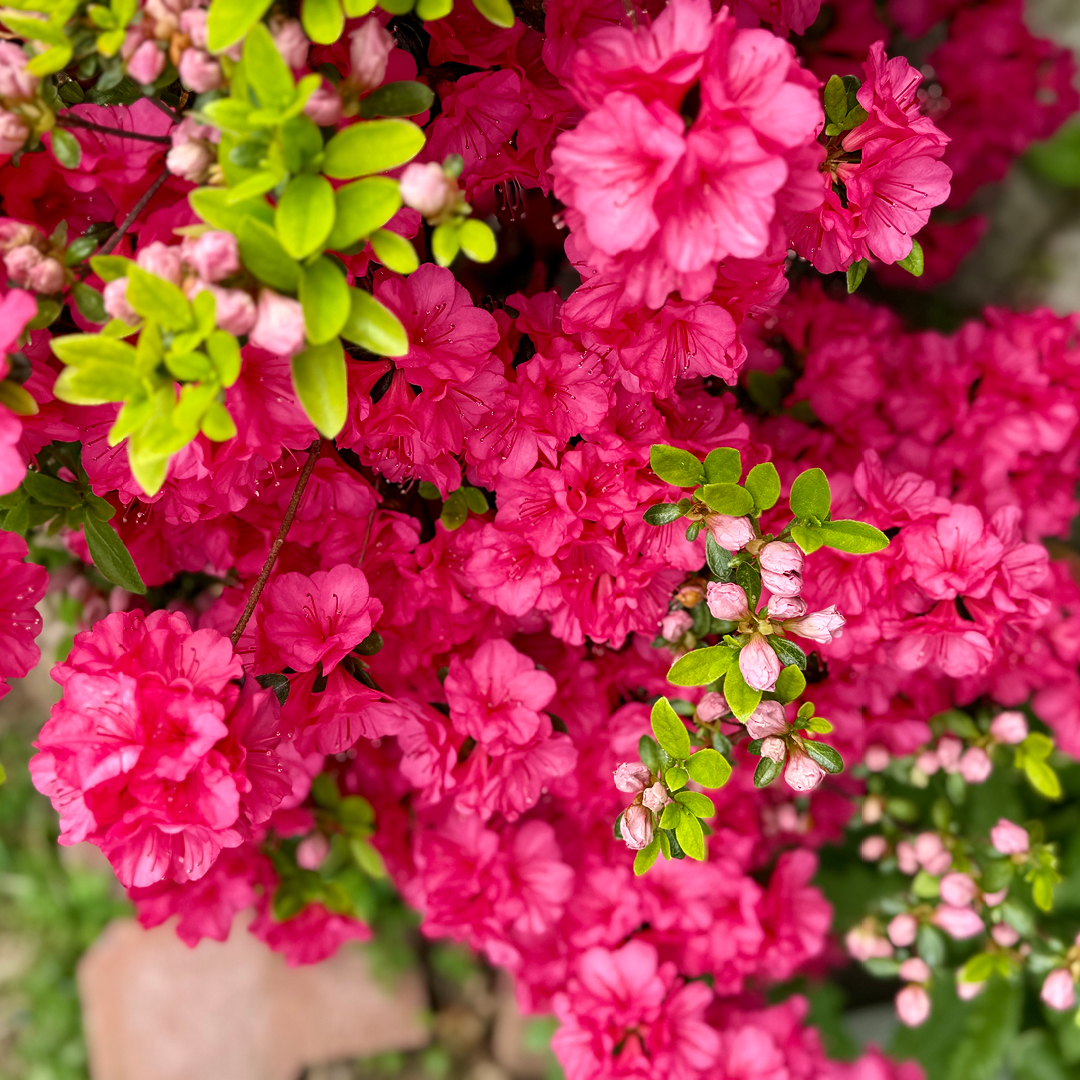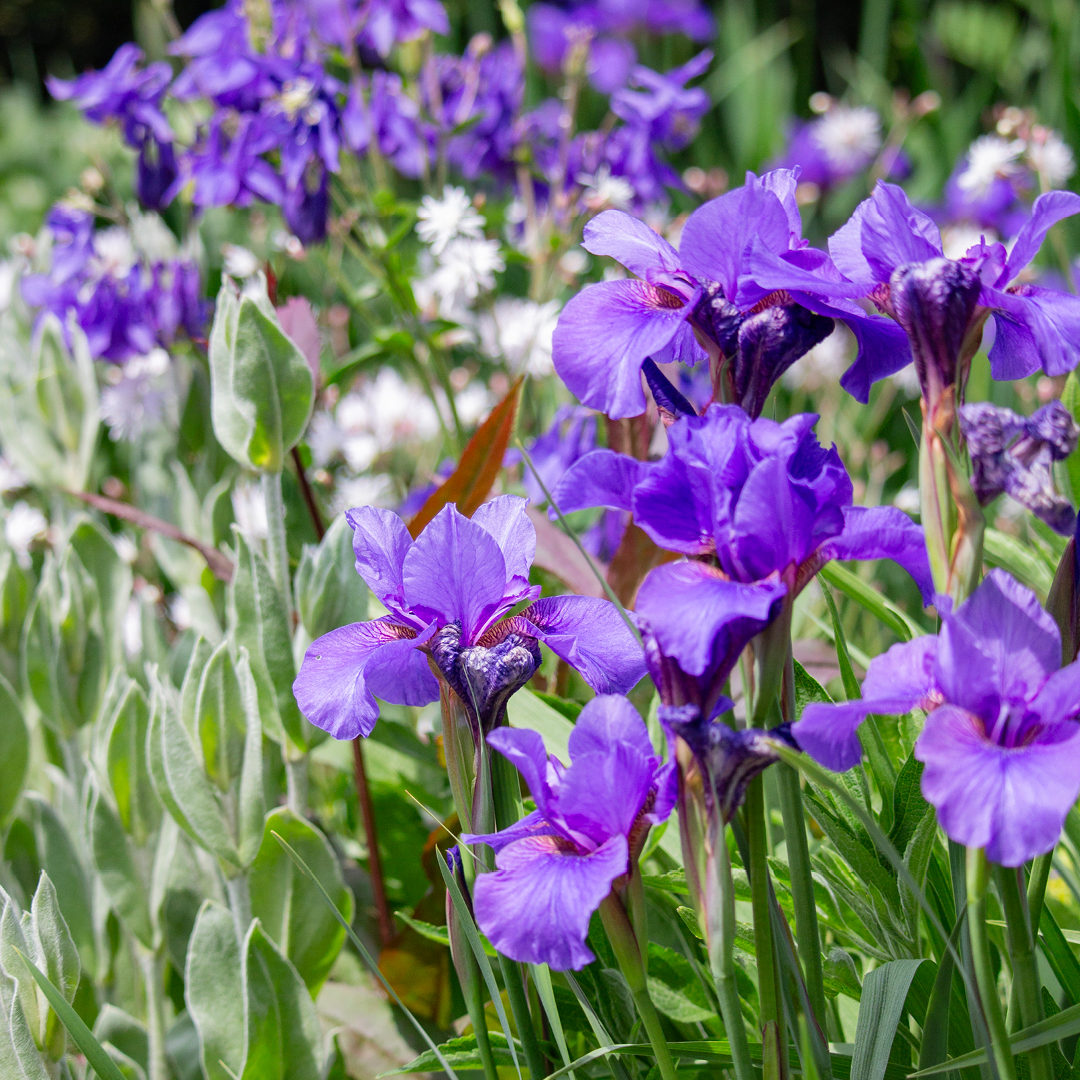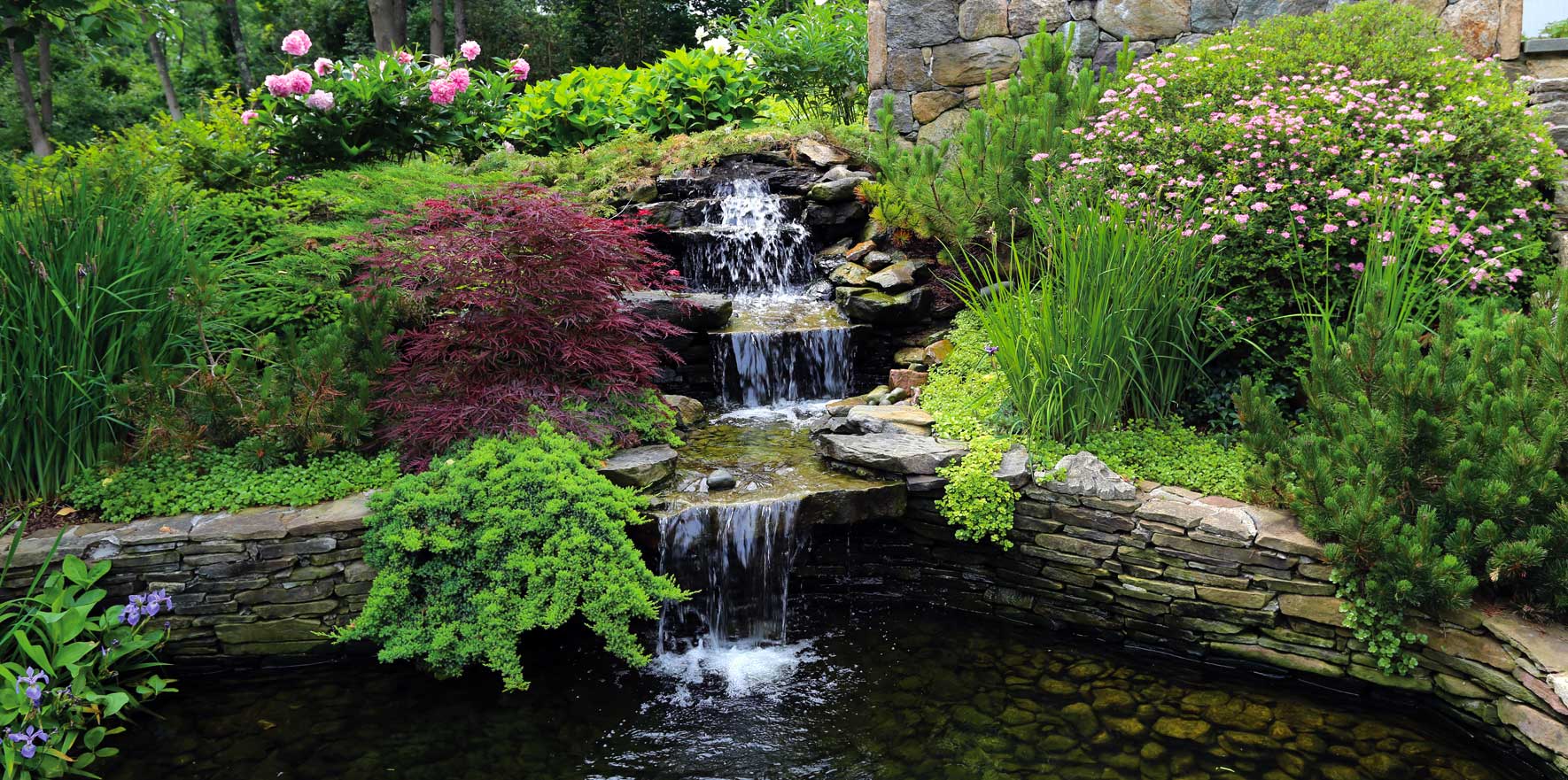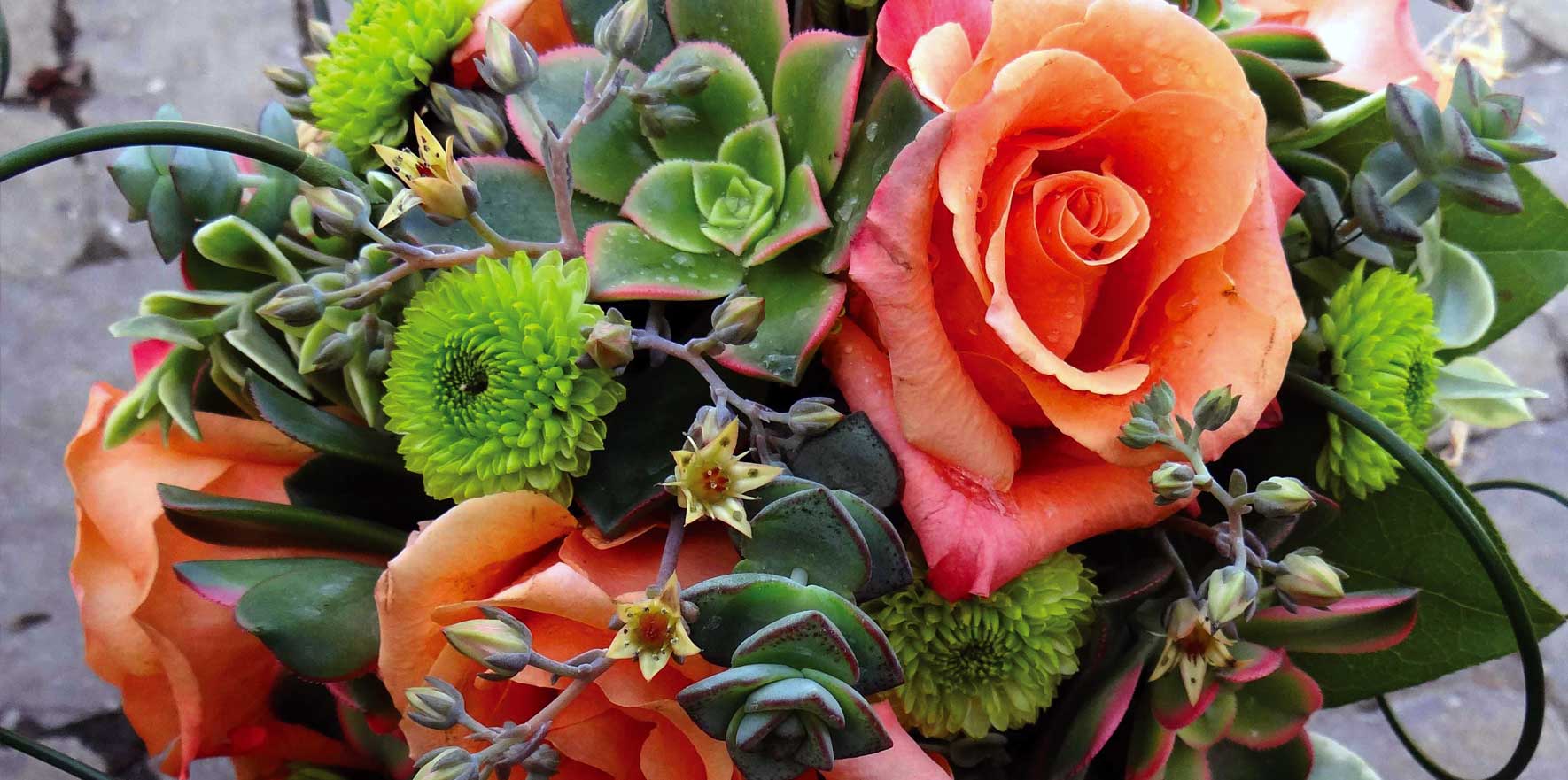More often than not, our landscape renovation wish lists include the desire for a picturesque, thriving, low-maintenance outdoor space to enjoy year-round for many years to come. Creating a flourishing landscape, however, isn’t simply about picking pretty plants. It’s about understanding your garden’s own unique environmental conditions and matching plant selection to them. This concept, known as “right plant, right place,” is a foundational principle in horticulture that ensures healthier plants, reduced maintenance, more sustainable gardening practices, and, therefore, greater garden longevity and homeowner happiness!
Why Choosing the Right Plant Matters
- Healthier Plants:When plants are placed in environments suited to their needs, they grow healthier and stronger and are better able to resist pests and diseases.
- Reduced Maintenance:Plants that thrive in their location require less intervention from the gardener. This translates to less work and more time to enjoy your garden.
- Resource Efficiency:Using plants adapted to your local conditions means less water and fewer resources are needed, promoting sustainable gardening.
- Enhanced Aesthetics:A well-planned and planted landscape will not only perform well but also look lush and beautiful. Planting in the correct environment enables landscape plants to grow to their full potential in size and bloom capacity.
- Environmental Benefits:Native plants and those well-suited to the conditions in which they are planted support biodiversity, attract pollinators, and contribute to a balanced ecosystem.
How to Select the Right Plant for the Right Place
Assess Sunlight Exposure
Determine how much sunlight each part of your garden receives throughout the day and match plant selections to these conditions.
- Full Sun– Direct sunlight for at least 6 to 8 hours daily. It is ideal for sun-loving plants like vegetables, roses, and most flowering perennials.
- Partial Sun– 4 to 6 hours of direct sunlight daily, usually in the morning or afternoon. Plants labeled as “partial sun” prefer more light rather than less.
- Partial Shade– 4 to 6 hours of sunlight, but these plants benefit from protection from the intense afternoon sun. It is best for plants that thrive in morning light and dappled conditions.
- Dappled (Mottled) Shade– Sunlight filters through tree branches or structures, creating a shifting pattern of light and shade throughout the day. Common in woodland gardens.
- Light Shade– Indirect sunlight for most of the day, with occasional brief periods of direct sun. It is found in areas near open structures or under high tree canopies.
- Full Shade– Less than 4 hours of direct sun, typically in the early morning or late afternoon, with the rest of the day in indirect or reflected light.
- Deep Shade (Dense Shade)– Little to no direct sunlight, often due to dense tree cover, walls, or structures blocking light.
Understand Soil Conditions
The Mid-Atlantic region has a diverse range of soil. Here are the primary soil types found in this:
- Clay Soil– Heavy and dense clay soil holds water well but can become compacted, making drainage a challenge. It tends to be nutrient-rich but often needs amendments like compost or sand to improve structure and aeration.
- Sandy Soil– Light and well-draining, sandy soil warms up quickly in spring but dries out just as fast. It’s great for plants that need good drainage but often requires organic matter like compost or peat moss to help retain moisture and nutrients.
- Silty Soil – Smooth and slippery when wet, silty soil holds moisture better than sandy soil and contains more nutrients. It’s great for gardening but can become compacted over time, so adding organic matter helps maintain its structure.
- Loamy Soil– The ideal garden soil! Loam is a balanced mix of clay, sand, and silt, providing good drainage, moisture retention, and nutrients. This type of soil supports a wide variety of plants and is found in many well-maintained gardens.
- Rocky or Stony Soil– This type of soil can make digging a challenge. It drains well but often lacks organic matter, so adding compost and topsoil helps improve its texture and fertility.
- Peaty Soil– Dark, rich, and high in organic matter, peaty soil is found in wetland areas. It holds a lot of moisture, which can be beneficial, but may need drainage improvements for most garden plants.
- Chalky Soil– Found in some limestone-heavy areas, chalky soil tends to be alkaline and drains well. It can limit the growth of acid-loving plants.
Soil pH Level
Soil pH is crucial when selecting garden plants because it affects nutrient availability and plant health. Some plants thrive in acidic soil, while others prefer neutral or alkaline conditions. If the pH is too high or too low, essential nutrients may become unavailable, leading to poor plant growth. Testing your soil pH is vital to growing healthy plants.
Here’s a breakdown of soil pH levels:
- Acidic Soil
Range: 4.5-6.5
Acidic soils are often found in regions with high rainfall, as rain can leach out calcium and other alkaline minerals. These soils can be rich in organic matter but may lack nutrients like calcium and magnesium. - Neutral Soil
Range: 6.5-7.5
Neutral soil is ideal for most garden plants, as nutrients remain readily available. Many vegetable gardens and ornamental plants thrive in neutral soil. - Alkaline Soil
Range: 7.5-8.5
Alkaline soils, found in areas with low rainfall or limestone-rich soil, can lead to nutrient deficiencies, especially iron, which causes leaves to turn yellow (chlorosis).
Consider Climate and Hardiness Zones
Use the USDA Hardiness Zone map to determine which plants are suitable for your region’s temperature range. Choose plants that can withstand your area’s seasonal extremes, whether it’s harsh winters or scorching summers.
Evaluate Moisture Levels
Some plants thrive in consistently moist environments, while others prefer dry, drought-like conditions. Specifically consider:
- Boggy or Wet Areas
- Drought-Prone Areas
Size and Growth Habits
Understand the mature size and growth habits of plants to avoid overcrowding and maintenance issues. Plant trees and shrubs where they have room to grow without interfering with structures or other plants.
Examples of Right Plant, Right Place
Eastern US HARDINESS ZONES 5 – 9
- Sunny, Dry Spots:
- Plants:Lavender, Sedum, Yarrow, Russian Sage
- Why:These plants thrive in full sun and well-drained soils.
- Shady, Moist Areas:
- Plants:Hostas, Astilbe, Ferns, Japanese Forest Grass
- Why:These plants love the cool, damp environment provided by shade.
- Acidic Soils:
- Plants:Azaleas, Rhododendrons, Blueberries, Camellias
- Why:These species prefer lower pH levels and will flourish in acidic conditions.
- Clay Soils:
- Plants:Daylilies, Black-Eyed Susans, Switchgrass
- Why:These plants tolerate heavy, compacted soils and can handle less-than-ideal drainage.
- Wetlands or Water Features:
- Plants:Cattails, Iris, Cardinal Flower, Marsh Marigold
- Why:These moisture-loving plants thrive in saturated conditions.
Landscape design and renovation are both an art and a science. Understanding your garden’s specific conditions will help in choosing plants well-suited to the existing environment. If you need assistance selecting plants for your situation, Perennial Gardens is at your service. Our plant knowledge and selection are outstanding. We can help you match the right plant to the right place, enabling you to significantly reduce maintenance, conserve resources, and promote a healthier, more vibrant landscape that can be enjoyed year-round.
